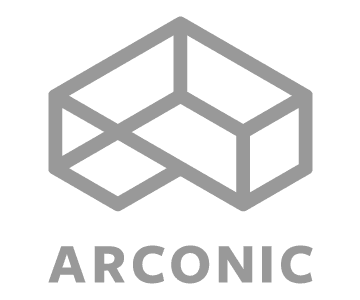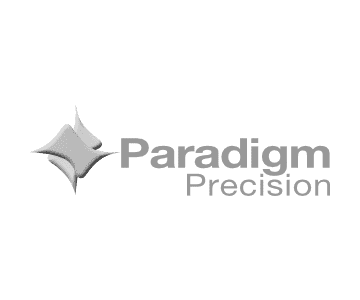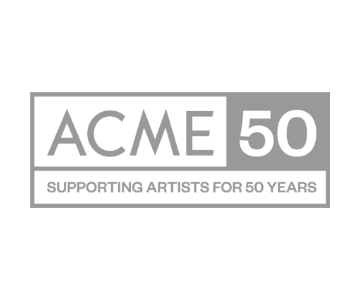Immersive projections are a technological marvel and a practical solution that changes how we experience art, music, and artistic heritage. This technology enhances sensory engagement without costly VR headsets. From installation artworks to live music events and museum exhibitions, immersive projections are a game-changer, offering a headset-free virtual reality.
The Headset-Free Virtual Reality Revolution
One of the most significant benefits of immersive projections is that they eliminate the need for expensive VR headsets. This is particularly advantageous for several reasons. Firstly, it enhances visitor comfort and accessibility. Wearing headsets can be cumbersome and uncomfortable and may even cause motion sickness for some users. By removing this barrier, more people can enjoy the experience without physical discomfort or the need for acclimatisation.
Secondly, managing headsets in public spaces poses logistical challenges and can be costly. Headsets are expensive, require regular maintenance, and must be sanitised between uses — a significant concern in a post-pandemic world. By opting for immersive projections, event organisers and museum curators can avoid these financial hurdles, focusing instead on creating seamless and engaging experiences for their audiences.
Finally, cost: With the Apple Vision Pro headset retailing at £3,500, not many organisations could justify buying twenty or thirty units. Plus, all the associated running costs, accidental damage insurance, potential hardware security concerns, and content development issues.
Revolutionising Museum Interpretation
Museums increasingly adopt immersive projection technology to create engaging and educational visitor experiences. By transforming static analogue exhibits into dynamic digital interactive environments, museums can offer deeper insights into their collections.
Exhibitions Utilising Immersive Projections
The ‘Van Gogh Alive’ exhibition is a testament to the awe-inspiring potential of immersive projections. With state-of-the-art technology, this travelling exhibition brings Van Gogh’s masterpieces to life, projecting them onto walls, ceilings, and floors, all accompanied by a tailored classical music soundtrack. Visitors are observers and participants in Van Gogh’s vibrant world, gaining a deeper appreciation for his art without needing headsets. This immersive experience has been a game-changer in museum exhibitions, drawing record crowds and offering a fresh, exciting perspective on art appreciation.
The ‘BEES: A Story of Survival’ exhibition at the World Museum in Liverpool is a compelling example of this technology’s immersive and engaging nature. Through immersive projections, visitors are not just learning about bees. They are experiencing their world. 360-degree visuals and interactive displays allow visitors to see the world from a bee’s perspective, understanding their crucial role in pollination and its challenges. This immersive approach captivates and educates, instilling empathy and urgency regarding conserving these vital insects. It’s a testament to the potential of immersive projections in educational settings, leaving the audience feeling informed and enlightened.
Transforming Installation Artworks
Interactive, immersive projections have breathed new life into installation art, allowing artists to create dynamic environments that respond to visitors’ presence and actions. For instance, the “Rain Room” by Random International debuted at the Barbican in London, is a striking example. In this installation, a field of falling water pauses wherever a human body is detected, allowing visitors to pass through simulated rain without getting wet. This fusion of art and technology creates a mesmerising, interactive experience that captivates and engages audiences.
Enhancing Live Music Events
The music industry has also embraced immersive projections, particularly in live events, where they enhance the sensory experience. 360-degree projections and immersive 3D sound playback create a multi-sensory environment that envelops audiences, making concerts more memorable.
The upcoming “Circle Odyssey” concert series, scheduled for 2025 in the US and France, promises to push the boundaries of immersive live music experiences even further. This ambitious project will use 360-degree projections and immersive 3D sound to create a fully enveloping audio-visual environment. The concert will feature a circular stage surrounded by projections that react in real-time to the music, offering an unparalleled sensory experience. This integration of cutting-edge technology aims to redefine live music performances, providing audiences with an immersive journey through sound and light.
Technical Details: 360-degree Projection and 3D Sound Playback
At the heart of immersive projections is the technology that powers them. 360-degree projection involves projecting images or videos onto a spherical or dome-shaped surface, creating an all-encompassing visual environment. This technique requires multiple projectors, media servers, advanced mapping/warping software, and precise image calibration to ensure a seamless and immersive experience. Understanding the technical aspects of creating immersive projections can help artists, event organisers, and museum curators make informed decisions about adopting this technology.
Immersive 3D sound playback enhances the auditory experience in conjunction with 360-degree visuals. This technology uses multiple speakers around the venue to create a three-dimensional sound field. Audio engineers can create a realistic and immersive auditory environment that complements the visual projections by manipulating sound direction, distance, and movement.
Audio-Reactive Visuals: Bridging the Gap Between Audio and Visual Art
A growing trend in immersive experiences is the use of audio-reactive visuals. This technology synchronises visual elements with live music, creating a dynamic and responsive environment that reacts to sound in real-time. This interplay between audio and visuals is achieved through sophisticated software that analyses audio input and translates it into interconnected visual effects.
This convergence of skills is evident in the increasing collaboration between video jockey (VJ) producers, lighting designers, and coders. By working together, these professionals create immersive environments that are visually stunning and deeply connected to the music being performed. One such example is the work of VJ artist Beeple, who has collaborated with various musicians to create audio-reactive visual displays that enhance live performances.
Case Studies of Immersive Events
Several recent immersive events have demonstrated this technology’s transformative power. One such event is the “Lumiere Durham” light festival, which showcases large-scale projections of iconic buildings. Using immersive projection mapping, artists transform these structures into dynamic canvases, captivating audiences and transforming the urban landscape.
Another noteworthy example is the “TeamLab Borderless” exhibition in Tokyo. This digital art museum features a series of immersive installations that respond to visitor movements, creating an ever-changing environment. 360-degree projections and interactive elements allow visitors to become part of the artwork, blurring the boundaries between observer and participant.
It doesn’t require huge budgets; we recently worked with artist Carolyn Black to install an immersive installation at the Stoud Film Festival, Transforming The Chapel of Rest into a moving audio-visual experience.
The Future of Immersive Projections
The potential for immersive projections in art, music, and museums is endless as technology matures. Innovations in projection mapping, real-time rendering, interactive software, and even AI will further enhance the capabilities of this technology, creating even more fascinating and immersive environments. It’s worth noting that while immersive projections offer many benefits, they also consume energy. Nevertheless, advancements in energy-efficient projectors and sustainable practices can help mitigate their environmental impact. Nowadays, Laser projectors are virtually maintenance-free, having a laser light source with 20,000 hours of life expectancy. That equates to 13 years of continued usage at 8 hours a day.
Adopting immersive projection technology offers artists, event organisers, and museum curators a unique opportunity to connect with audiences in new and meaningful ways. At Turnround, we can help you through the technology challenges whilst delivering creative solutions.
Eliminating the need for headsets makes experiences more accessible, cost-effective, comfortable, and enjoyable. Once a projection environment is built, whether a purpose-built 360 dome, a room with ceiling-mounted projectors, or an existing warehouse space, it can be repurposed with fresh content at any time, even remotely managed.
With continued technological advancements, the future of immersive projections promises even more innovative and transformative adventures whilst bridging digital and physical worlds and opening new possibilities for creative expression.

































